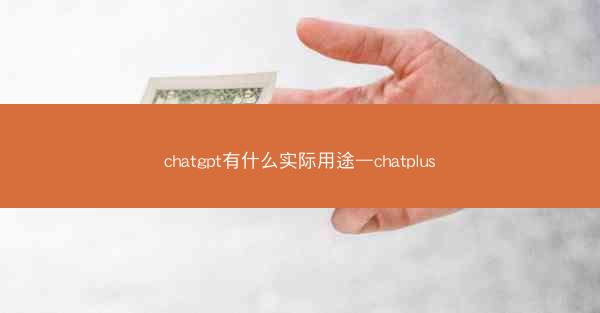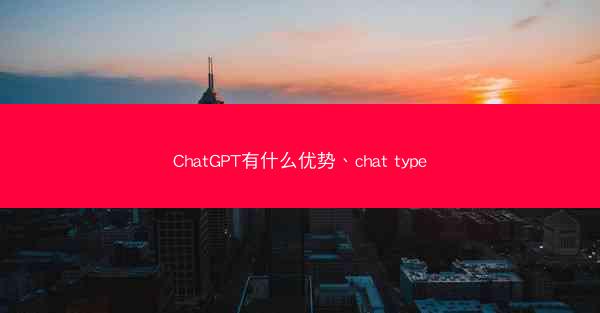
Unlocking the Enigma: The Translation of ChatGPT English Version into Chinese
In the digital age, where language barriers are being torn down by the sheer power of artificial intelligence, the translation of ChatGPT English Version into Chinese is not just a linguistic challenge but a bridge to a world where the lines between human and machine communication blur. Imagine the power of understanding the nuances of a groundbreaking AI like ChatGPT, not just in its native tongue but in the language of the world's most populous nation. Let's delve into this fascinating translation journey.
The Heart of the Matter: What is ChatGPT?
Before we embark on the translation quest, let's unravel the mystery that is ChatGPT. Developed by OpenAI, ChatGPT is a language model that can engage in natural language conversations. It's like having a digital companion that can chat, answer questions, and even generate creative content. The English version of ChatGPT is already a marvel, but what happens when we bridge this marvel with the Chinese language?
Chat: The Chinese Conundrum
The word chat is a straightforward English term that refers to a casual conversation. However, when it comes to Chinese, the translation isn't as simple. Chat can be translated as 聊天 (liǎo tiān), which means to talk casually. But in the context of AI and technology, we need a term that encapsulates the digital aspect of the conversation. 聊天机器人 (liǎo tiān jīngōng qì) or chatbot could be a suitable translation, but it lacks the originality and intrigue of the English term.
ChatGPT English Version: The Translation Challenge
Now, let's tackle the main challenge: translating ChatGPT English Version into Chinese. The first step is to consider the brand name itself. ChatGPT is a catchy name that combines the concept of a chat with the power of AI. In Chinese, we need to maintain this catchy essence while ensuring it resonates with the Chinese audience.
A possible translation could be ChatGPT中文版 (ChatGPT zhōngwén bǎn), which directly translates to ChatGPT Chinese Version. This keeps the original name intact while clearly indicating that it's the Chinese version of the AI. However, for a more creative and marketable translation, we could consider 智聊GPT (zhìliáo GPT), where 智聊 (zhìliáo) means smart chat, combining the intelligence of AI with the casual nature of a chat.
The Power of Linguistic Innovation
The translation of ChatGPT English Version into Chinese is not just about converting words from one language to another. It's about innovation and creativity. By using a term like 智聊GPT, we not only maintain the original essence of the name but also create a new term that is unique to the Chinese market. This kind of linguistic innovation is crucial in the tech industry, where brand names are as important as the products themselves.
SEO and the Translation of Tech Terms
In the age of digital marketing, the visibility of a product or service is paramount. When it comes to SEO (Search Engine Optimization), the translation of tech terms like ChatGPT English Version into Chinese is a game-changer. By using the right keywords and phrases, we can ensure that the Chinese version of ChatGPT is easily discoverable by the Chinese audience. This not only increases the visibility of the product but also enhances its credibility in the Chinese market.
Conclusion: A New Chapter in AI Communication
The translation of ChatGPT English Version into Chinese is more than just a linguistic exercise. It's a testament to the evolving nature of human-machine communication. As AI continues to permeate our lives, the ability to bridge language barriers becomes increasingly important. By creatively translating tech terms and maintaining the essence of the original, we open new chapters in the story of AI and its interaction with humanity. So, the next time you hear ChatGPT中文版, remember the journey it took to become a part of the Chinese tech landscape.





















